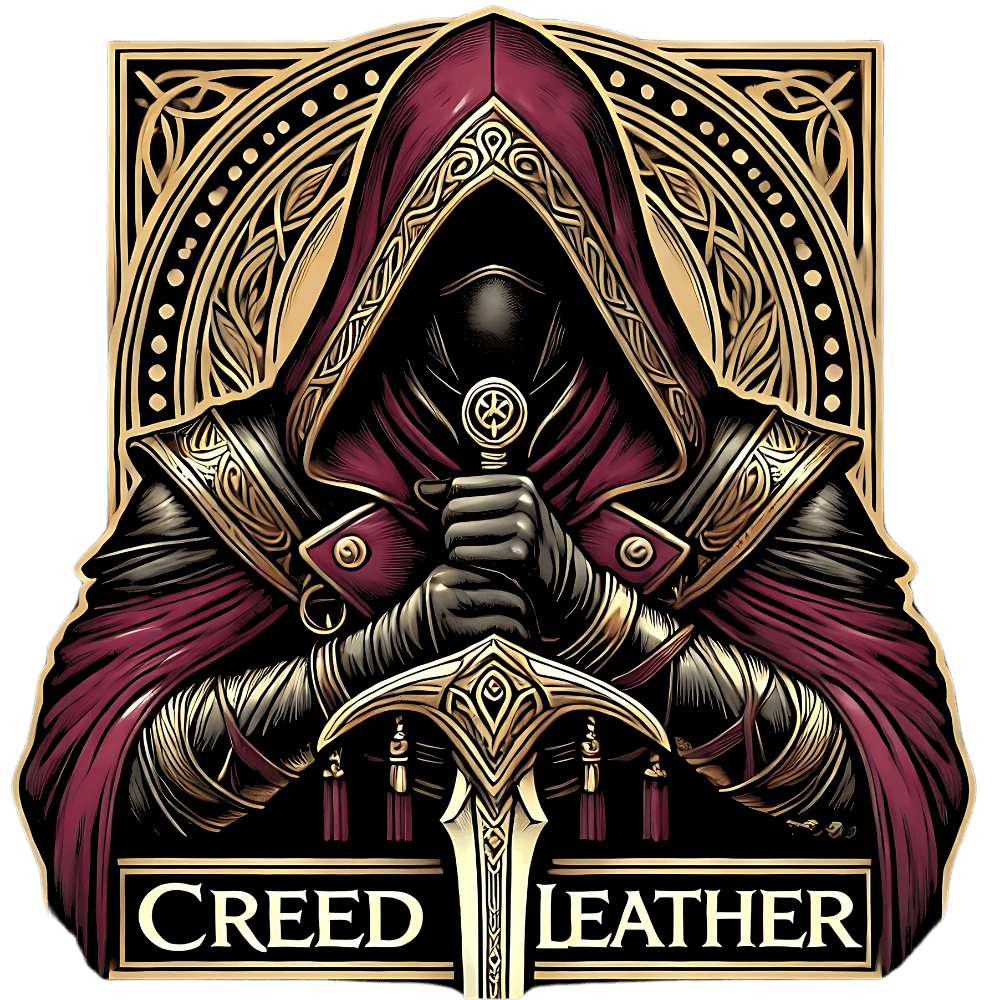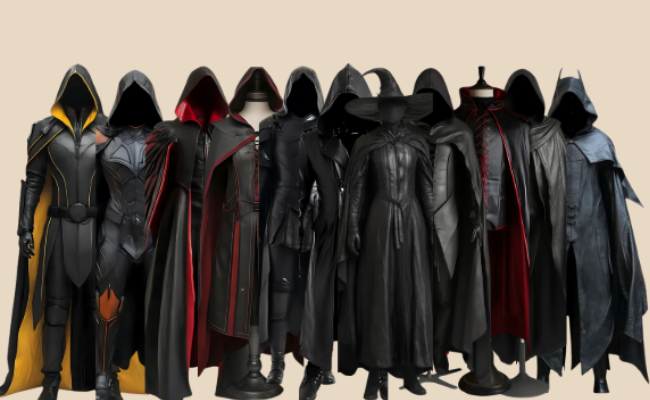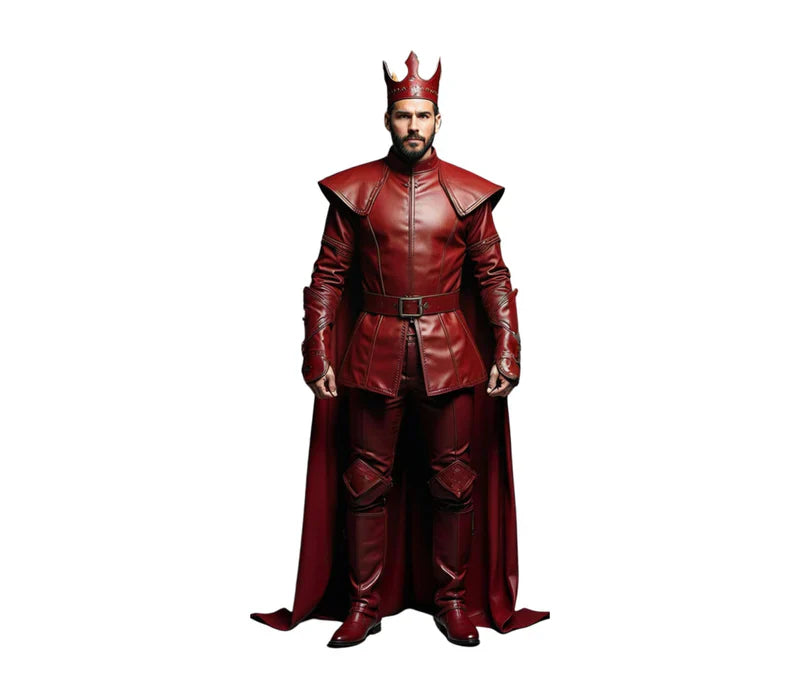Medieval vs Renaissance Clothing | Style & History Guide

Understanding the evolution of fashion between the Medieval and Renaissance periods offers deep insight into the culture, class, and creativity of these distinct eras. Whether you're a historical enthusiast, cosplayer, or costume designer, this comprehensive guide on medieval vs renaissance clothing explores every facet of these iconic fashion styles.
Introduction to Medieval vs Renaissance Clothing
Medieval and Renaissance clothing represent two transformative periods in European history. Clothing in both eras served more than just practical needs; it showcased social hierarchy, regional identity, and personal wealth. While medieval outfits were often more utilitarian, Renaissance fashion brought opulence, color, and artistic flair to the forefront.
Differences Between Medieval and Renaissance Clothing
The main distinctions lie in fabric, fit, and purpose. Medieval clothing men wore was layered, functional, and conservative. In contrast, Renaissance fashion men embraced tailoring, vivid colors, and detailed embellishments. Women’s fashion shifted from the long flowing medieval dresses to the structured elegance of renaissance costumes women adored.
Historical Overview of Medieval Fashion Men
Medieval fashion men typically wore linen tunics, woolen cloaks, and leather belts. Layering was essential due to colder climates and drafty homes. Their outfits evolved slightly over centuries but retained a consistent, modest structure.
Medieval Outfits Male: Styles by Class and Occupation
Peasants wore simple garments of coarse wool or linen, while nobility adorned themselves with richly dyed fabrics and fur linings. Soldiers and knights had specialized clothing like chainmail and gambesons. Today, a mens medieval costume often blends styles from various classes for a complete look.
1. Black Leather Viking Armor With Fur
Step into the realm of Norse legends with this Black Leather Viking Armor with Fur—a handmade, full warrior costume built from genuine cowhide leather. With a dramatic fur-lined collar and dark Viking aesthetic, it’s perfect for cosplay, LARP, fairs or commanding presence at fantasy photo shoots.
- Handcrafted in genuine leather with a fur collar for rugged, authentic Viking style.
- Adjustable straps & plates ensure comfort, fit and freedom of movement.
2. Warrior Costume Medieval Hooded Cloak and Armor

This Warrior Costume fuses medieval armor with samurai flair, combining a hooded cloak and layered leather protection. Ideal for those who admire both European knights and Eastern warriors. Rich in texture, detail, and versatile style, it elevates cosplay, fantasy events, or dramatic stage performance.
- A hooded cloak paired with armor elements evokes medieval + samurai hybrid design.
- Durable leather and reinforced seams stand up to cosplay or action usage.
3. The Ruby Crown Medieval King Costume Crown and Cloak
Command respect in The Ruby Crown, a regal medieval king costume complete with a jewel-encrusted crown and flowing cloak. Rich fabrics and ornate detailing create a stately look fit for throne rooms, ceremonial roles, or fantasy pageants. Ideal for those who wish to reign in style.
- Ornate crown embedded with prominent ruby tones and metallic accents.
- Luxurious cloak drapes elegantly, detailing embroidery and rich textures.
4. Assassin Outfit Men Cloak Master Sword
Adopt the shadows with this Assassin outfit—tight cloak, rugged leather gear, and a master sword to complete the stealth-warrior look. Designed for adventurers who favor agility, mystery, and precision. Perfect for fantasy realms, LARP, or immersive performance.
- Sleek leather armor paired with a cloak to enhance stealth & mobility.
- Includes master sword prop—ideal for dramatic poses or staged combat.
5. Black Leather Medieval Hooded Cloak with Suit
The Lone Wanderer offers a striking red & black handmade leather hooded cloak with matching suit—crafted for cosplay, renaissance fairs or dramatic flair. Bold contrast, tailored fit, durable materials: crafted to travel rugged landscapes or command attention in any gathering.
- Handmade red & black leather contrasts strike bold, attention-grabbing visuals.
- Full suit tailored cuts + long hooded cloak for dramatic movement & silhouette.
6. The Winter Sovereign Pure Black Leather Hooded Cloak With White Fur
Embrace frosty power with The Winter Sovereign, a pure black leather hooded cloak trimmed in white fur, paired with a vest for layered effect. Authentic materials, commanding contrast, and medieval styling make this ideal for cold, dark fantasy scenes, stage work or cosplay royalty.
- Black leather body with white fur trim delivers sharp cold-sovereign contrast.
- Includes vest layering: enhances protection, depth & visual impact.
Medieval Dresses and Women’s Fashion
Medieval women’s attire was elegant but modest. Medieval costumes for women included long gowns, wide sleeves, and often a head covering like a wimple or veil. Dresses were layered, usually with an underdress (chemise) and a surcoat or overdress.
Iconic Medieval Costumes for Women
Key styles include the cotehardie, kirtle, and sideless surcoat. Medieval dresses were often decorated with embroidery and trim, especially for the wealthy. These garments continue to inspire medieval outfits for modern reenactments and festivals.
Viking women Cloak with Fur
Embrace the frost‑kissed winds of yore with this Viking Women’s Cloak with Fur. Crafted from supple leather and lined with warm, lustrous fur, its hooded design shields thee from winter’s chill. Perfect for LARP, cosplay, or wandering the lively courts of a Renaissance faire.
- Handcrafted leather with fur trim, fit for shield-maidens and noble wanderers.
- Hooded cape offers warmth and mystery, befitting a Viking heroine.
- Ideal for cosplay, LARP, Renaissance fairs, and festive revelries.
- Durable stitching and supple leather for both style and function.
14th Century Clothing: Evolution Within the Medieval Period
The 14th century clothing saw a shift toward more fitted garments and elaborate tailoring. Buttons became more common, and fashion began to reflect individuality. This century bridged the gap between early medieval simplicity and late medieval elegance.
Introduction to Renaissance Fashion Men

Renaissance men dressed to impress. Renaissance fashion men embraced doublets, puffed sleeves, slashed fabrics, and hose. Rich brocades, velvets, and silks were common among the elite, reflecting status and cultural refinement.
1. Ravenbane Warden Handmade Black Leather Cloak with Vest
Embrace medieval elegance with the Ravenbane Warden cloak. Handmade from pure black leather, it combines a detailed vest and flowing cloak, perfect for renaissance fairs, fantasy cosplay, and historical reenactments. Durable, stylish, and authentically medieval.
- Handmade pure black leather cloak and vest combo
- Ideal for renaissance fairs and fantasy cosplay events
- Durable, comfortable, and historically inspired design
- Perfect for medieval reenactments and costume parties
2. The Iron Huntsman Handmade Brown Leather Ren Fair Jerkin
The Iron Huntsman jerkin is crafted from rich brown leather for authentic medieval style. Hand-stitched details and rugged design make it perfect for renaissance fairs, cosplay adventures, or historical events. Experience comfort, durability, and classic huntsman flair.
- Handmade brown leather jerkin with medieval detailing
- Rugged design suitable for renaissance fairs and cosplay
- Comfortable fit with authentic historical style
- Durable craftsmanship for long-lasting wear
3. Loki Odin Cosplay Costume
Transform into a legendary hero with this green leather Loki/Odin cosplay costume. Includes a quilted cloak and vest, perfect for festivals, Halloween, or cosplay conventions. Premium leather construction ensures durability and heroic style for any fantasy adventure.
- Premium green leather cosplay cloak with vest
- Ideal for Halloween, festivals, and cosplay conventions
- Quilted design for authentic superhero look
- Durable and comfortable for long wear
4. The Shadowborn Jarl Hooded Fur Cloak
Command attention with the Shadowborn Jarl suede leather cloak. Featuring a hood and fur trim, this medieval-inspired vest is perfect for Viking cosplay, renaissance fairs, or fantasy events. Handmade with care for authentic style and comfort.
- Handmade suede leather cloak with fur trim and hood
- Authentic medieval Viking cosplay design
- Perfect for renaissance fairs and fantasy events
- Comfortable and durable for extended wear
5. Shoulder Cape Musketeer Cloak Renaissance Cape
The Cavalier shoulder cape exudes renaissance charm. Inspired by musketeers, this cape adds elegance to any costume, cosplay, or festival outfit. Made for comfort and style, it complements historical reenactments and fantasy adventures with flair.
- Renaissance-inspired Cavalier shoulder cape
- Elegant musketeer-style cloak for costumes
- Perfect for festivals, cosplay, and reenactments
- Lightweight, comfortable, and stylish design
Renaissance Costumes Women: Trends and Styles
From the Italian Renaissance to the Elizabethan court, renaissance costumes women wore varied in shape and complexity. Styles included the Tudor gown and Venetian dress, complete with lace, ruffles, and jewels.
1. Lady Evandria Handcrafted Medieval Dress
Step into the elegance of medieval fashion with the Lady Evandria dress. This handcrafted leather corset paired with a flowing skirt evokes authentic Renaissance style, perfect for LARP, cosplay, Viking reenactments, or Renaissance fairs. Its premium leather ensures durability while highlighting timeless sophistication.
- Handcrafted brown leather corset and skirt ensemble
- Perfect for LARP, Viking, or Renaissance events
- Durable, authentic Renaissance-style materials
- Flattering medieval-inspired design for women
2. The Bloodthorn Queen Handmade Gothic Vampire Dress – Long Coat
Channel dark elegance with the Bloodthorn Queen dress. Handmade with luxurious leather, this Gothic vampire-inspired ensemble features a detailed bodice and flowing coat, ideal for fantasy cosplay, evil queen portrayals, or Renaissance fairs. Its intricate craftsmanship merges modern Gothic style with historical charm.
Bullet Points:
- Handmade Gothic leather bodice and long coat
- Fantasy cosplay and Renaissance fair-ready
- Dark, elegant design for dramatic impact
- Perfect for Vampire Queen or Evil Queen costume
3. The Shadow Queen Princess Dress – Royal Queen Costume with Crown
Embody the power and grace of royalty with the Shadow Queen dress. This enchanting costume features luxurious fabrics and a regal crown, perfect for Renaissance fairs, cosplay, or themed events. Its majestic design combines historical elegance with contemporary princess style, creating a commanding yet feminine look.
- Luxurious princess dress with regal crown
- Ideal for Renaissance fairs and cosplay
- Majestic, historical-inspired design
- Perfect for women seeking royal elegance
Cosplay Costumes for Women: Recreating Historical Looks
Today’s cosplay costumes for women often draw inspiration from medieval and Renaissance styles. Whether it's for Renaissance fairs, LARP, or fantasy cosplay, these designs merge historical accuracy with modern flair.
Materials and Fabrics Used in Medieval vs Renaissance Clothing
Medieval fabrics leaned toward wool, linen, and leather, while Renaissance fashion favored silks, velvets, and brocades. Fabric choice indicated class—nobility indulged in imported materials, while commoners used local resources.
Accessories and Footwear Across Both Eras
Accessories in both periods included belts, hats, gloves, and jewelry. Medieval clothing men and women alike wore soft leather shoes or boots. In the Renaissance, shoes became more ornate, and headwear more extravagant.
How to Style Your Own Mens Medieval Costume or Renaissance Look
Creating a mens medieval costume requires layering tunics, cloaks, and accessories. For a renaissance fashion men style, look for fitted doublets, hose, and slashed sleeves. Don’t forget a feathered cap or leather boots to complete the look.
Buying Guide: Where to Find Quality Medieval and Renaissance Costumes
Shop premium medieval and renaissance costumes at CreedLeather.com. Discover handcrafted mens and womens outfits, from authentic 14th century clothing to fantasy cosplay looks. Custom sizing, rich fabrics, and historic detail for fairs, LARP, or collections. Look for authentic materials, handmade details, and historical references. Websites specializing in medieval outfits, or renaissance costumes women often offer custom sizing and tailored fits.
Medieval Clothes Men vs Renaissance Male Attire: Visual Comparison
A visual guide or infographic can help highlight the stark contrasts: the earthy tones and functionality of medieval clothes men versus the color, structure, and extravagance of renaissance fashion men.
Conclusion: Timeless Appeal of Historical Fashion
Both medieval and Renaissance clothing continue to captivate modern audiences. Whether you're attending a Renaissance fair, performing historical reenactment, or designing cosplay costumes for women, the enduring elegance and depth of these styles make them timeless and treasured.



















